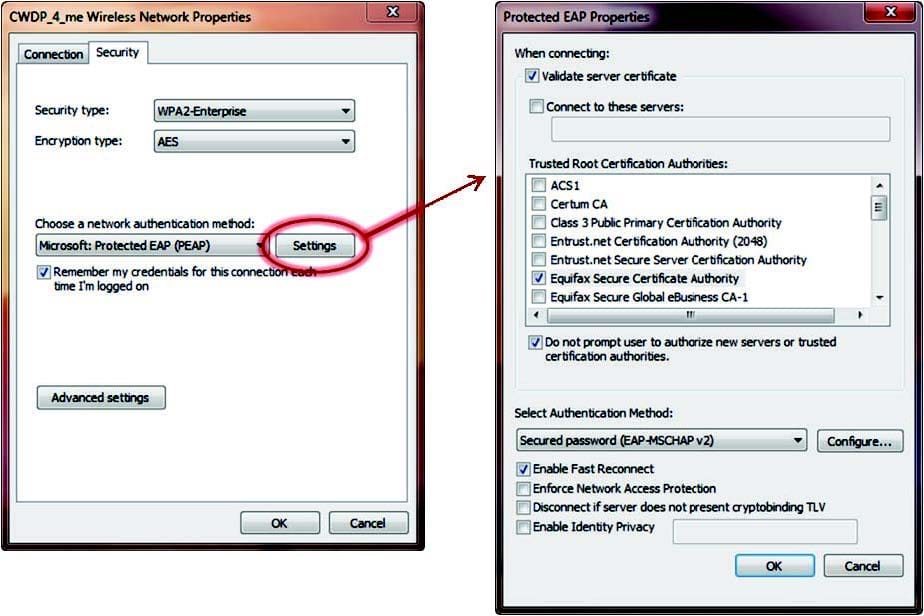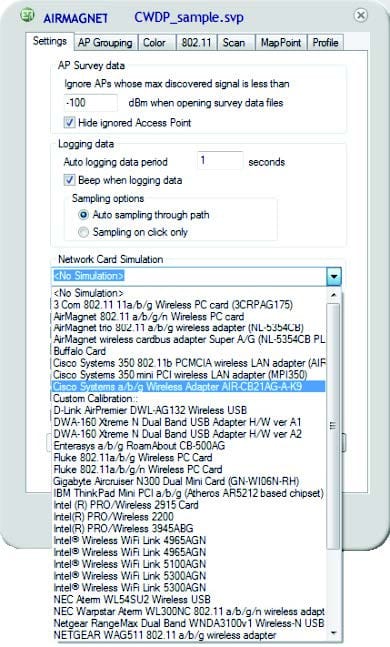PW0-250 Online Practice Questions and Answers
Questions 4
One of your customers plans on providing wireless coverage to a warehouse facility. After performing an initial walkthrough, you collect the following information:
- The central part of the warehouse is between 400 and 600 feet (122 to 183 meters) from the warehouse switches mounted on the walls.
-The warehouse map was provided by the customer and is displayed in the exhibit.
-
The warehouse storage is composed of metallic racks with varying inventory levels and contents, from electronics and plastic toys to food pallets and juice bottles.
-
Workers need basic data coverage from their working location, and are not highly mobile. They usually work from one single aisle, and their laptop is on a cart with wheels.

What would be your recommendation to provide coverage to the central area (indicated by a blue circle) of the warehouse?
A. Equip workers laptops with a directional antenna and install APs less than 328 feet (100m) away from the switch.
B. In this case, extend the cable length just beyond 328 feet (100 m) and position APs as close as possible to the central area of the warehouse.
C. Position APs along the walls, and equip the APs with Yagi antennas to cover the central area.
D. Install APs for client access in the central area and use a mesh backhaul link to connect to the DS.
Questions 5
According to WLAN security design best practices, what is true of the EAP properties shown in the exhibit?

A. The "Validate server certificate" checkbox should be checked if you purchased a third-party SSL certificate for the AS, but left unchecked if you have a self-signed certificate for the AS.
B. The "Validate server certificate" checkbox should always be checked to prevent MITM attacks from rogue authentication servers.
C. The "Trusted Root Certification Authorities" list is provided to identify the certificate that the client should send to the AS for client authentication.
D. The "Do not prompt user to authorize new servers or trusted certification authorities" box should be checked only for administrative users.
E. The "Enable Identity Privacy" checkbox and anonymous name field are only useful for networks supporting EAP-LEAP.
Questions 6
Multicast video applications typically require special treatment on the Wi-Fi network due to the nature of multicast traffic. Many vendors implement proprietary multicast-to-unicast conversion for this reason.
Which of the following is NOT a valid reason for special unicast conversion of downlink multicast traffic?
A. In QoS WLANs, multicast traffic is always assigned to the best effort (AC_BE) transmit queue.
B. Group addressed downlink frames are not acknowledged on the wireless medium.
C. Multicast traffic must always be transmitted via omnidirectional antennas.
D. Frames with a group receiver address must always be sent at a rate in the Basic Rate Set.
Questions 7
What is the DSCP Per Hop Behavior equivalent classification of the 802.11e AC_VO priority level?
A. AF31
B. CS3
C. VO
D. EF
E. AF12
Questions 8
What is the purpose of Friis transmission equation [(LdB) = 20 log(d) + 20 log (f) - 27.55 ]?
A. Calculate earth bulge to determine minimum antenna height
B. Calculate receive sensitivity for an 802.11 radio/antenna pair
C. Calculate RF path loss in free space
D. Calculate the loss experienced between the intentional radiator and antenna
E. Calculate the minimum voltage requirements for lightning suppression systems
Questions 9
When performing an indoor predictive site survey to make the WLAN planning and design cycle more efficient, what is a best practice for configuration of the simulated APs in the predictive modeling software?
A. All simulated APs should be set to 20 MHz channels only.
B. Always use the default 2.2 dBi omnidirectional antenna patterns for simulated APs.
C. If dynamic RRM will be used, AP transmit power should be set to an estimated average level of the expected client devices, such as 25 mW.
D. Defining custom AP and antenna patterns will yield more accurate prediction data than the pre- configured vendor AP/antenna combinations.
Questions 10
What exhibit reflects the recommended life-cycle steps for successfully designing and deploying an enterprise WLAN from start to finish? (Choose 2)

A. Solution 1
B. Solution 2
C. Solution 3
D. Solution 4
E. Solution 5
Questions 11
While configuring your site survey software for an upcoming manual survey project, you notice the configuration option for "Network Card Simu-lation" as shown in the exhibit.

A. This setting allows the site survey software to convert the AP's measured downlink RF data into a simulated data set as if the same data were transmitted by a specific client station. It is useful for determining uplink client performance when clients are located far from APs as well as projecting cell size for ad hoc networks.
B. Since WLAN adapters are not typically calibrated by manufacturers, this setting is a form of software calibration in which you can calibrate an (uncalibrated) adapter to match one of thecalibrated adapters shown in the list. This process improves the reliability of RF data collection and reporting when uncalibrated adapters are used.
C. This is the configuration area in which you specify the adapter type that will be used for the site survey so that the survey software can interpret that adapter's reported metrics (based on proprietary formulas) into an RF measurement that is standardized by the survey software and known to its users. This is done for every survey.
D. The site survey software manufacturer allows you to view the collected RF data as if it were collected by a different type of adapter. This functionality allows you to review survey data to determine how the RF environment will likely look based on the receive sensitivity and other RF capabilities of a specific client adapter.
Questions 12
A Layer 1 sweep was performed at a customer location, and you are asked to review a capture taken during the survey.

What is the meaning of the chart shown in the exhibit and how should it be interpreted?
A. Real Time FFT means Real Time First Fundamental Trace and shows the value of the first signal detected on each frequency at each sweep interval.
B. Real Time FFT means Real Time Fast Frequency Timing and shows the RF pulses measured by the Layer 1 sweep tool.
C. Real Time FFT means Real Time Fast Fourier Transform and shows the max value of the signal detected on each frequency in real time.
D. Real Time FFT means Real Time Frequency Fundamental Texture and shows the value of the noise background generated by the card used to perform the Layer 1 sweep.
Questions 13
What statement is true of a WLAN design that supports Real-Time Location Services (RTLS) with 802.11 RFID asset tags? (Choose 2)
A. When passive tags are implemented, the AP density should be increased by 25% to make up for the shorter transmit range of passive tags as compared to active tags.
B. Active RFID tags periodically transmit 802.11 beacon management frames that must be synchronized with the AP for proper location of the tagged asset.
C. With passive tags, AP transmit gain should be increased to supply extra power for near-field coupling or backscatter modulation from the tag to the AP since the passive tag lacks an internal power source.
D. Passive tags do not communicate directly with the WLAN infrastructure, but instead they rely on the tag interrogator to communicate tag information to the infrastructure's location tracking server/database.
E. Active tags transmit directly to the APs and may not require 802.11 authentication and association to pass data traffic to the RTLS engine.
F. When tracking assets with passive RFID tags, some APs should be moved, or additional APs be added, to provide more accurate triangulation and location services.
